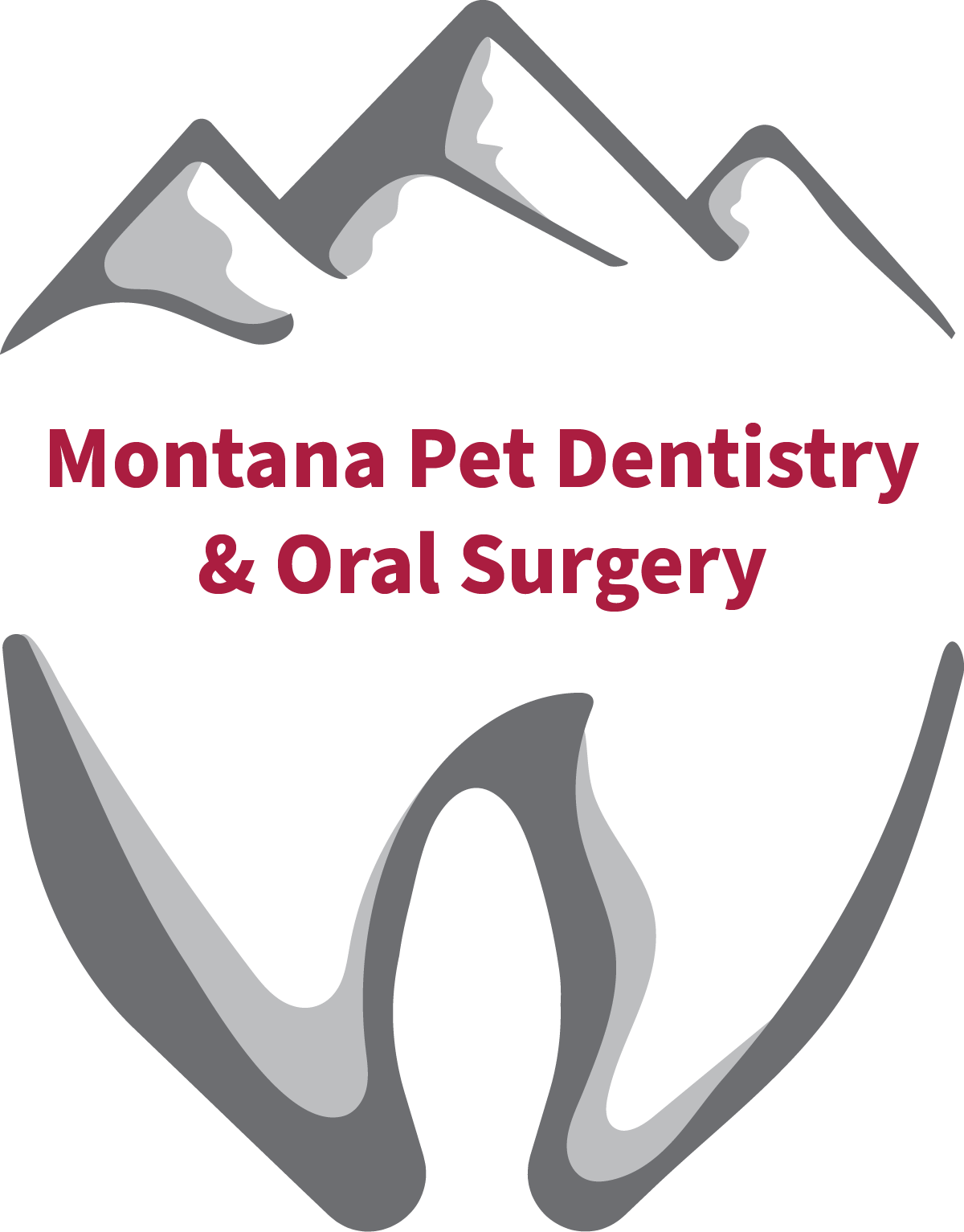Unfortunately, some lay people have tried to make a business out of cleaning pet’s teeth without anesthesia, playing on the owner’s fear of anesthesia. In my opinion, this is worse for the pet than doing nothing at all. Removing the visible tartar from above the gum line is only one of the twelve steps involved in a proper dental cleaning, and is not even the most important part. This is the only part of the cleaning that can be done in an “awake” animal, and it cannot be done very well.
Think of the degree of cooperation that you give the hygienist when you have your teeth cleaned. For 45 minutes you remain reasonably still while they scrape your teeth, having you spit out periodically. Imagine if someone tried to do this to you without explaining the process? Imagine if you had a painful area in your mouth as most dogs and cats do? Imagine how involved the cleaning would be if you did not ever brush your teeth, like most pets? How complete could the job possibly be? These people have no training in identifying or treating dental problems in pets. All they can do is remove, painfully, some of the tartar in your pet’s mouth. They cannot clean under the gum line (the most important part of the cleaning) or obtain any dental radiographs of problem areas. The reason it is worse than doing nothing is that it gives an owner a sense that the pet has been well cared for, in addition to leaving a very rough surface that actually promotes future dental disease. Proper dental care in animals requires general anesthesia, period!
